Chai Style Home: Art Mavens Choose Light and Airy
Take a peek inside the lovely home of Janice and Andrew Dietz.
After 37 years with the Atlanta Journal-Constitution and now with the AJT, , Jaffe’s focus is lifestyle, art, dining, fashion, and community events with emphasis on Jewish movers and shakers.
Janice and Andrew Dietz created a space on the BeltLine where the elements of beauty, function, glamour, and restraint not only work together, but enhance each other. It’s a showcase for the art and creativity that they value so highly.
Janice’s parents, Lenore and Burt Gold, art collectors, imprinted Atlanta and her with a love of the contemporary. Andrew’s father, Phil Dietz was a gifted artist who worked in New York’s publishing fields and, upon retiring to Atlanta, became a key part of ArtPaper’s magazine staff. A love of the visual arts was infused in both Janice and Andrew from an early age.
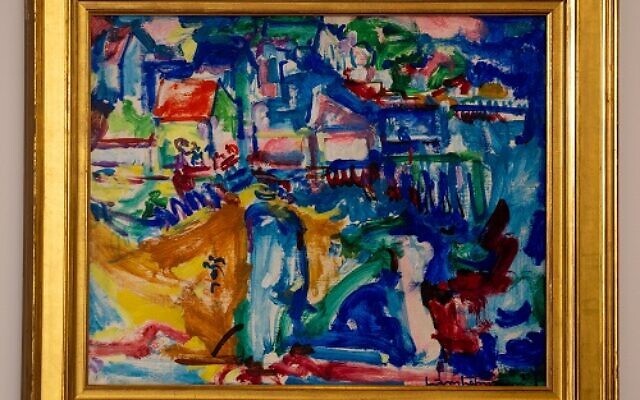
Janice stated, “We collect 20th century modern and contemporary art, photography, and folk art. We’ve been involved with Atlanta’s art organizations, big and small. from the [Arts Center] and High [Museum of Art] to the Atlanta College of Art and the Museum of Contemporary Art of Georgia. Andrew is an artist and has written two books on art and creativity. Even our dog is named for an artist – Calder. So, it’s a big part of who we are.”
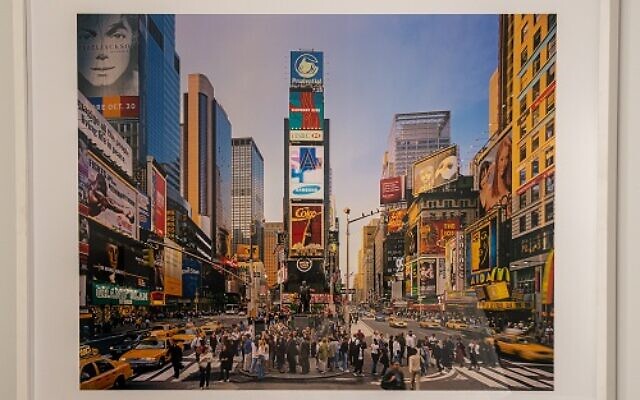
Janice, an interior designer with The Consulting House, gutted the couple’s four-level townhouse and served as both the designer and the general contractor. The light, airy space is animated with works by modern masters like Calder, Dubuffet, and Nevelson and whimsical folk-art, like a collection of ceramic sculptures of antique beer cans or an antique carousel horse. Andrew said, “Living in a home whose character is enhanced by warm, inviting, comfortable, yet sophisticated design with uplifting art is a recipe for joy and serenity.”
Meander on the BeltLine to this “city” sanctuary.
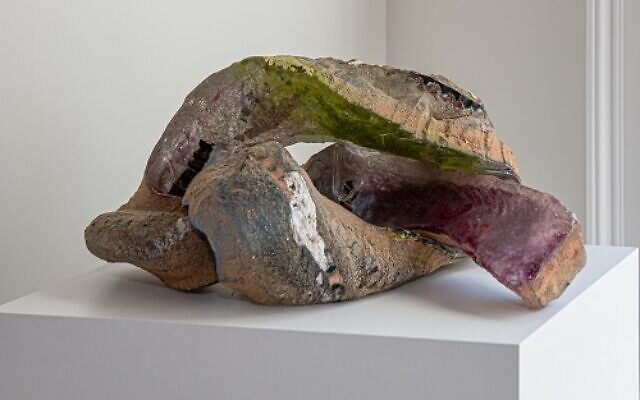
Marcia: You have a second home. How do the two align?
Andrew: They’re as different as city and country. In Cashiers, we purchased land on which Janice designed and built a family mountain home. It’s set in a box canyon overlooking a lake in the woods. In Atlanta, we moved last year from a 1932 Buckhead home into this existing four-story townhome overlooking the BeltLine near Inman Park. Janice renovated every aspect, transforming it from builder-grade into a designer-grade property.
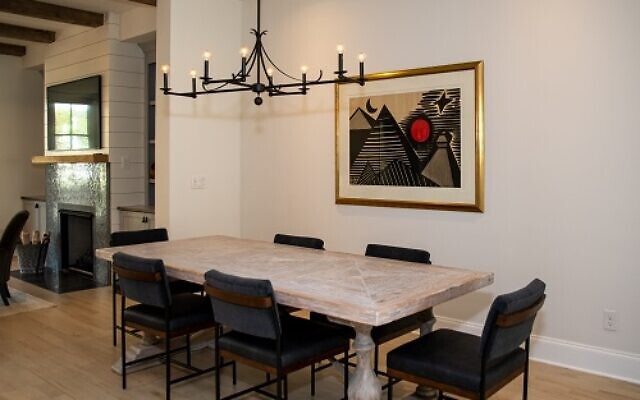
Marcia: Style runs in your family. Share how your parents, Lenore and Burt Gold, impacted you and the Atlanta art landscape.
Janice: My parents were avid art collectors and philanthropists. Beginning in the 1970s, many Atlantans clung tightly to traditional, representative art, they were helping to bring much more challenging modern and contemporary art here. The High Museum now holds a large portion of their collection, along with a gallery named in their honor. My father had a great design eye and sense of color. My mother was a visionary and a voracious collector. Beyond art, she collected ceramic birds, woven baskets, snuff boxes and Olympic pins starting with the 1972 Munich Games. She was once quoted that she would “rather buy art than eat.” I can’t go quite that far, but her passion and willingness to take creative risks live on in me. It’s part of why I studied architecture and design at Cornell and started and run my own design firm. Both my parents instilled in me an appreciation for design details.
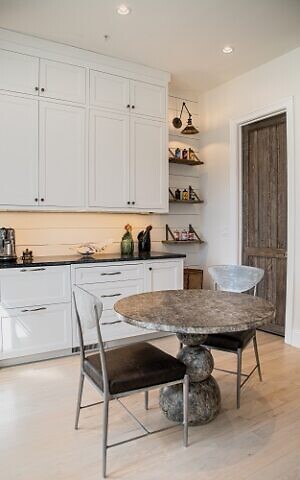
Marcia: What are some of the important details in your Atlanta home?
Janice: We made special use of reclaimed wood which brings in both texture and warmth in walls and ceiling beams. We took down walls in several areas to open the space and created new shelving, cabinetry, and seating nooks in others. We resurfaced and lightened the hardwoods and created a herringbone pattern for the foyer flooring. A herringbone pattern of glass tiles also surrounds the fireplace. The dining room has a farmhouse-style, reclaimed wood table that’s been faux finished. We installed sliding barn doors in select rooms and replaced the entrance to my ground floor office with metal framed, glass doors. I could go on, but suffice it to say that there’s nothing in the townhome that hasn’t been touched in some way.
Marcia: And art? How would you categorize the focus of your collection?
Andrew: We favor artists that are expressive (not just intellectual) playful, non-obvious, provocative and those that are just great visual composers and storytellers. Alexander Calder is a great example of a vibrant, positive creative spirit. So is Lonnie Holley. Those are just two of many that we love.

Marcia: How did you two great minds meet?
Janice: Andrew and I first met in Chicago O’Hare Airport while in town for the NEOCON design conference. I was working with Stratton Industries (now part of Shaw Industries), a leading commercial carpet manufacturer. Andrew was working with Interior Design magazine. We bumped into each other while waiting for a flight back to Atlanta. It turned out that we lived in the same apartment complex and that our parents had already met one another. The serendipity was too much to ignore.
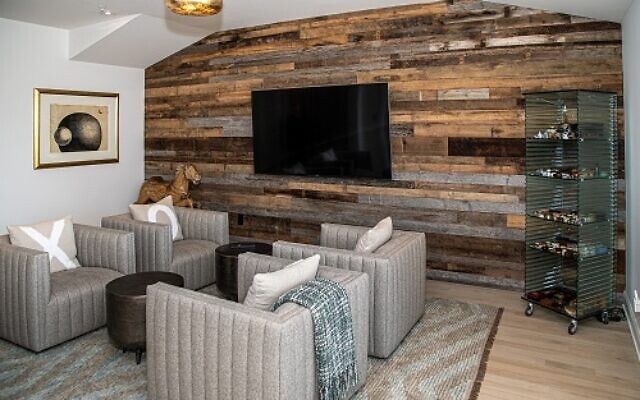
Marcia: Your hands are in many cool projects.
Andrew: My “day job” is running a marketing firm. I like to keep my creative juices flowing even when not for commercial reasons. Some of it’s pretty “out there.” My first book, “The Last Folk Hero,” tracked the stories of the art collector, Bill Arnett, and two of the contemporary outsider artists he championed: Lonnie Holley and Thornton Dial — all meant to celebrate the power and passion of artists who can’t help but create despite their circumstances. Underneath, it raises the questions of what’s art, what isn’t and who has the right to say. It’s also about the fuzzy line between actual and alleged exploitation of artists. As part of that, I collaborated with an artist and filmmaker to create a mockumentary about a new type of outsider-art using trees as artists.
“Follow the Meander” is my most recent book. It’s about non-linear (“meandering”) thinking and its role in creative work and living. That’s led to a public environmental art project with a leading conceptual artist where we’re creating river-based, time-keeping devices, in part, calibrated to the physical meander of the river itself — to reconnect Atlantans to the underappreciated waterways that flow here.
- Chai Style
- Home
- Marcia Caller Jaffe
- Janice and Andrew Dietz
- beltline
- Woodruff
- High Museum of Art
- Atlanta College of Art
- Museum of Contemporary Art of Georgia
- The Consulting House
- Calder
- Dubuffet
- Nevelson
- Inman Park
- 1972 Munich Games
- Alexander Calder
- Lonnie Holley
- O’Hare Airport
- NEOCON design conference
- The Last Folk Hero
- Thornton Dial
- Follow the Meander



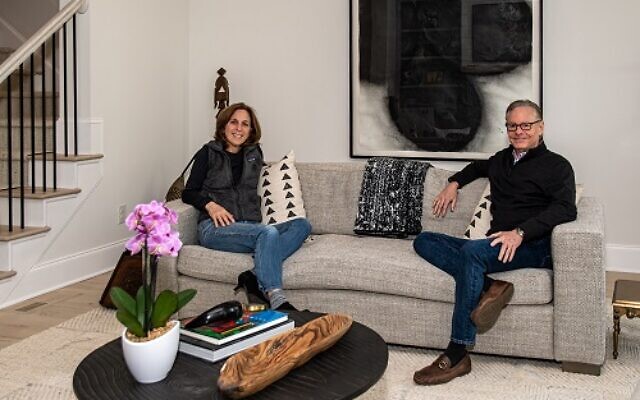
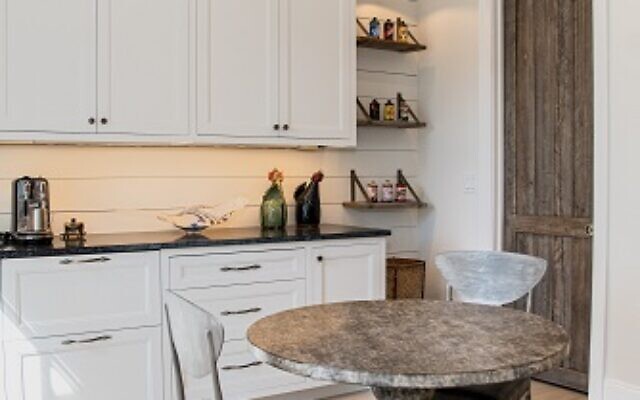
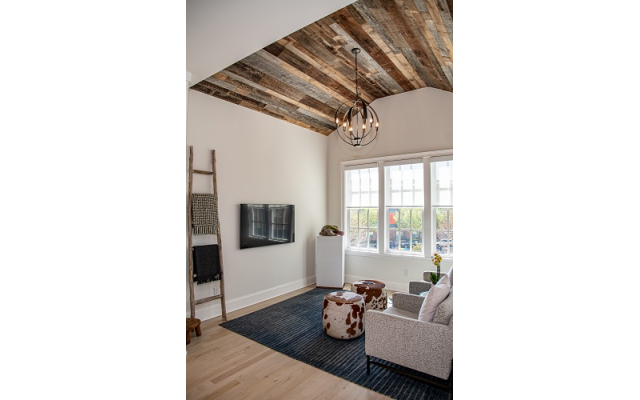
comments